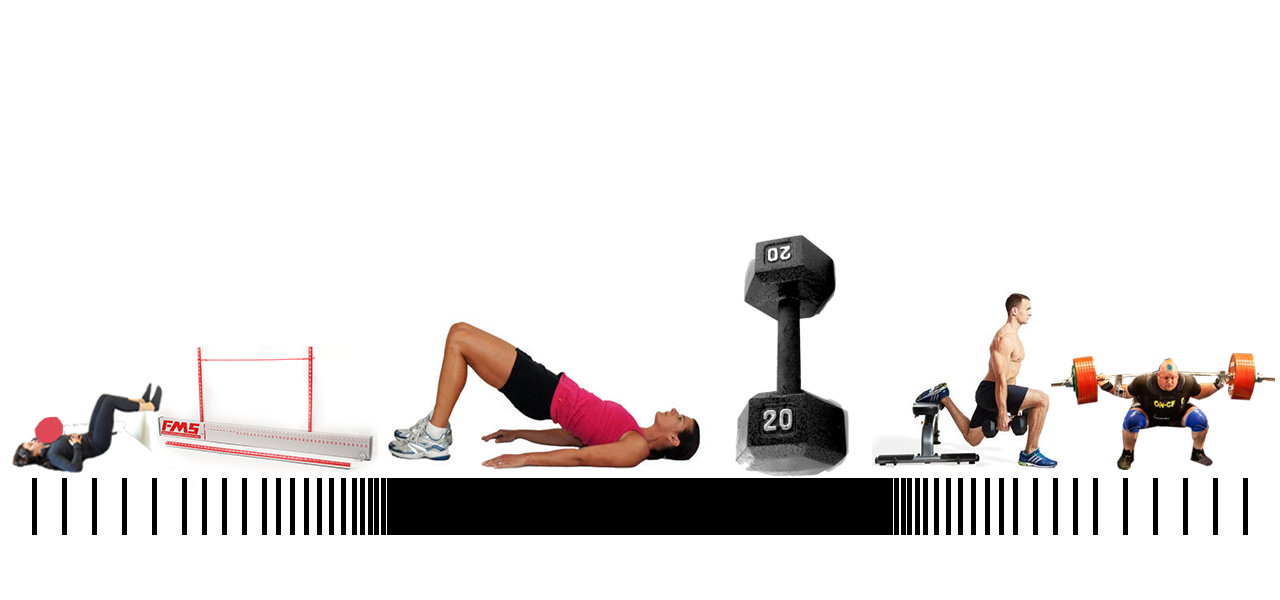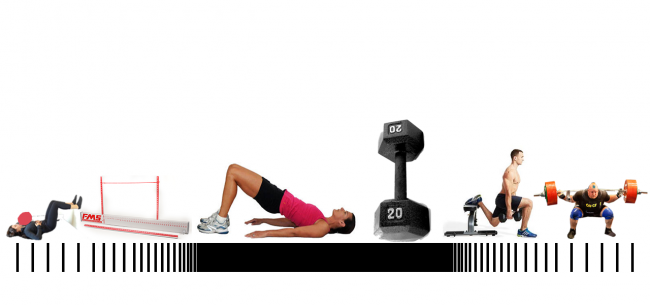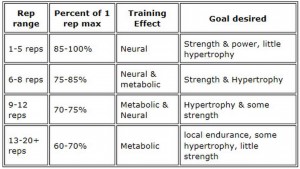
Paleo and pop tarts. Acupuncture and antibiotics. Hypertrophy and hip openers.
What do these seemingly totally incompatible things all have in common?
They all represent false dilemmas that are presented as binary options that are completely exclusive of one or the other. A false dilemma, or false dichotomy, is a logical fallacy in which only two possible options are offered, often between two extremes, without considering that there may be a third or even many more alternatives.
Positioning and thinking about things in this way is easy and effortless to the point of being outright indolent. It saves the presenter the effort of deeply understanding a topic and adequately conveying nuance and the full spectrum that exists in reality, and it saves the reader or listener from having to expend even a modicum of energy thinking critically about what they’re hearing. This fuels a vicious cycle in which those who use the most absolute language engender bigger audiences and more credibility because of it.
As a matter of fact, humans are so hard-wired to prefer concrete and absolute language that we actually deem a source as to be untrustworthy or lying when they use abstract language.
Which means I’m screwed and you all think I’m a giant liar.
Because the world is far less black and white than many people want you to believe.
Lately, there seems to have been an uptick in the amount of arguing and fighting that happens on social media that boils down to presenting false dichotomies where no such binary choice actually exists.
And we’re all so much worse off for it.
In reality, there is far more common ground between these polar opposites than there is difference in the extremes.

Paleo is juxtaposed against If It Fits Your Macros (IIFYM) and presented as a binary choice between eating pasture raised pork with spinach and donuts, protein shakes, and peanut butter. The reality is that there is far more common ground between Paleo and IIFYM than any trite Facebook nutrition meme poster would ever prefer to admit. Presented with any fit, healthy, reasonable Paleo or IIFYM afficionado what you’ll find is that the vast majority of their diet ends up looking exactly the same. They will eat large amounts of vegetables, protein from whole food sources such as fish and meat, and carbohydrates from plant sources. From my experience attending everything from Paleo f(x) to the Arnold, I can tell you that people from both ends of that spectrum eat donuts, ice cream, and candy and people from both ends of the spectrum eat grass-fed farmer’s market beef.

Alternative medicine has been a favorite target of the evidence-based science-über-alles crowd in recent years, but they’ve failed to acknowledge that in between the false choice of alternative and Western medicine there is a vast gulf of agreement about what constitutes good medicine and what promotes good health. Are there alternative medicine practices and practitioners that are utter scams? Absolutely. Are there Western medicine doctors who are downright criminal in their actions? Yes. But in between you have a wide variety of practices of dubious scientific efficacy when studied in isolation that just happen to work in a clinical setting to deliver the intended results for patients and clients. At the end of the day, virtually every clinician no matter what end of the spectrum they’d place themselves on would agree that the majority of maintaining health involves eating well, sleeping adequately, and exercising just enough.

When it comes to training, there are only two modes, right? Either you’re doing corrective exercises for hours on end, or you’re hardcore smashing weights and crushing personal records, right? That’s certainly how it would seem when you spend any amount of time reading training articles online. You’re either doing everything right in spending all your time trying to “fix” movement problems with corrective exercises, or you’re completely wrong to waste any time on it because you should just be putting more weight on the bar and getting out of your own way. Let’s not even get into the spectrum of exercises that are deemed to range from worthless to Holy Grail. And YET, we often fail to acknowledge that the vast majority of both corrective and performance oriented training lies in the wide band between exclusively corrective and probably-closer-to-destructive-than-corrective. In fact, I’d argue that all exercise is actually BOTH corrective and performance-enhancing – provided it tests well (via biofeedback.)
This Nonsense Is Killing Us
If we can agree that as a collective all the people who care about their health, wellness, fitness, strongness, etc. make up a community (there’s that setting aside the differences of extremes idea again) then we owe it to the rest of the community to recognize that very little of anything is actually more than a couple standard deviations away from the exact same thing everyone else is doing, and there’s no point in arguing about which is the correct answer.
In doing so we add confusion and doubt over the parts that really matter, and add nothing of value by focusing on the one percent of one percent that is different and acting like it’s a matter of kind, not degrees. When people are confused about things that are already intimidating and scary you know what they do? Nothing. We don’t need more people doing nothing, what we need, as a community, is more people doing the stuff that matters — the stuff that we ALL actually agree on when it really comes down to it.




